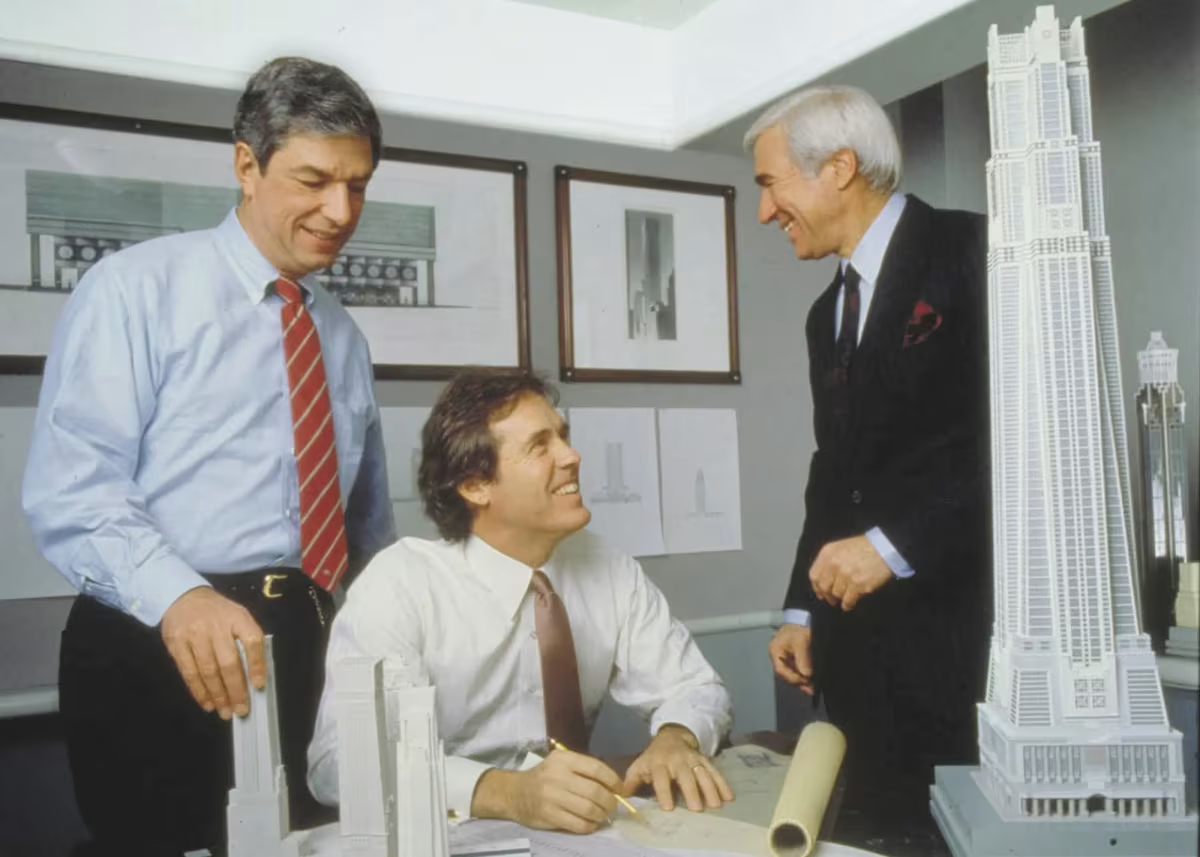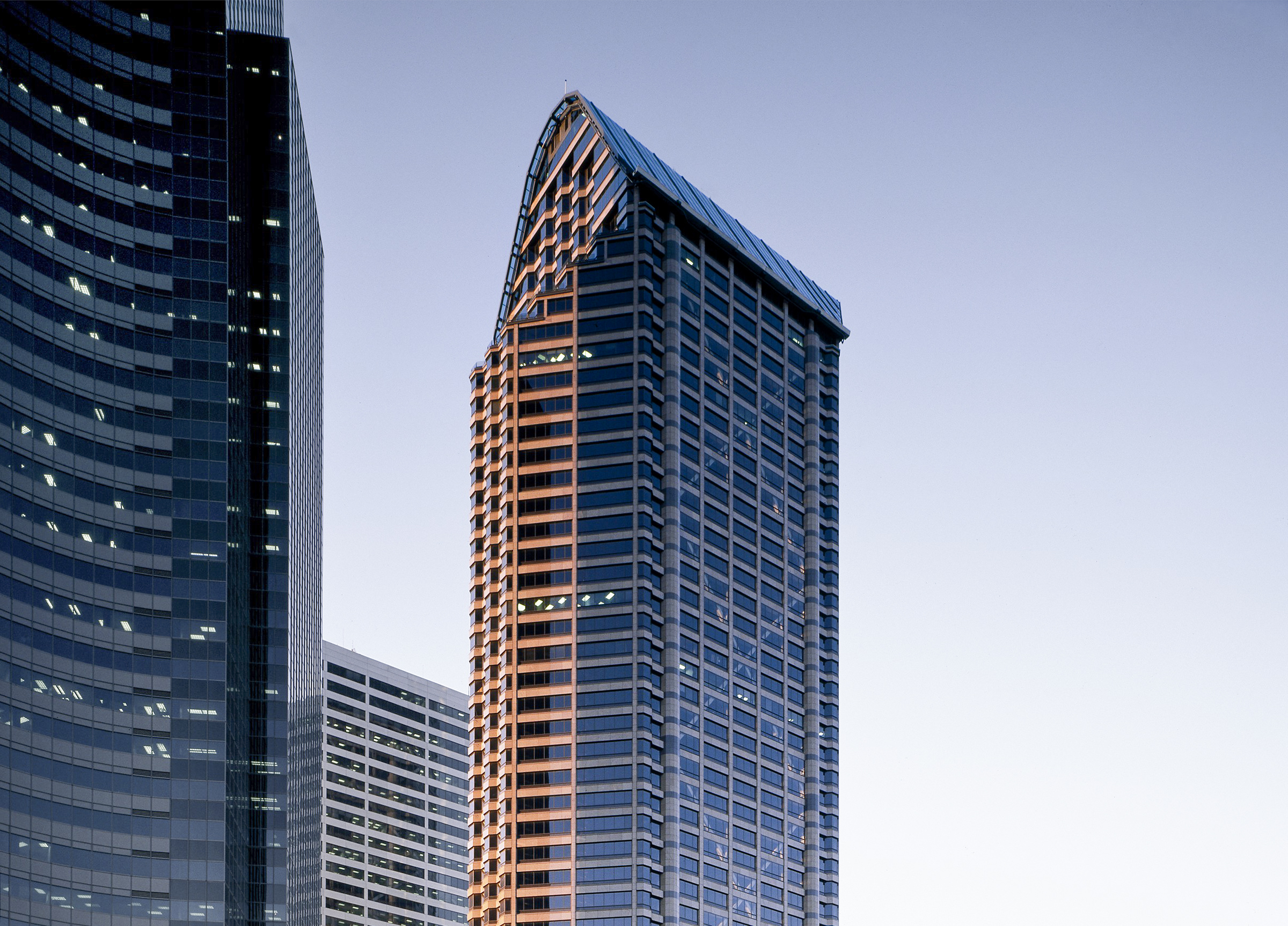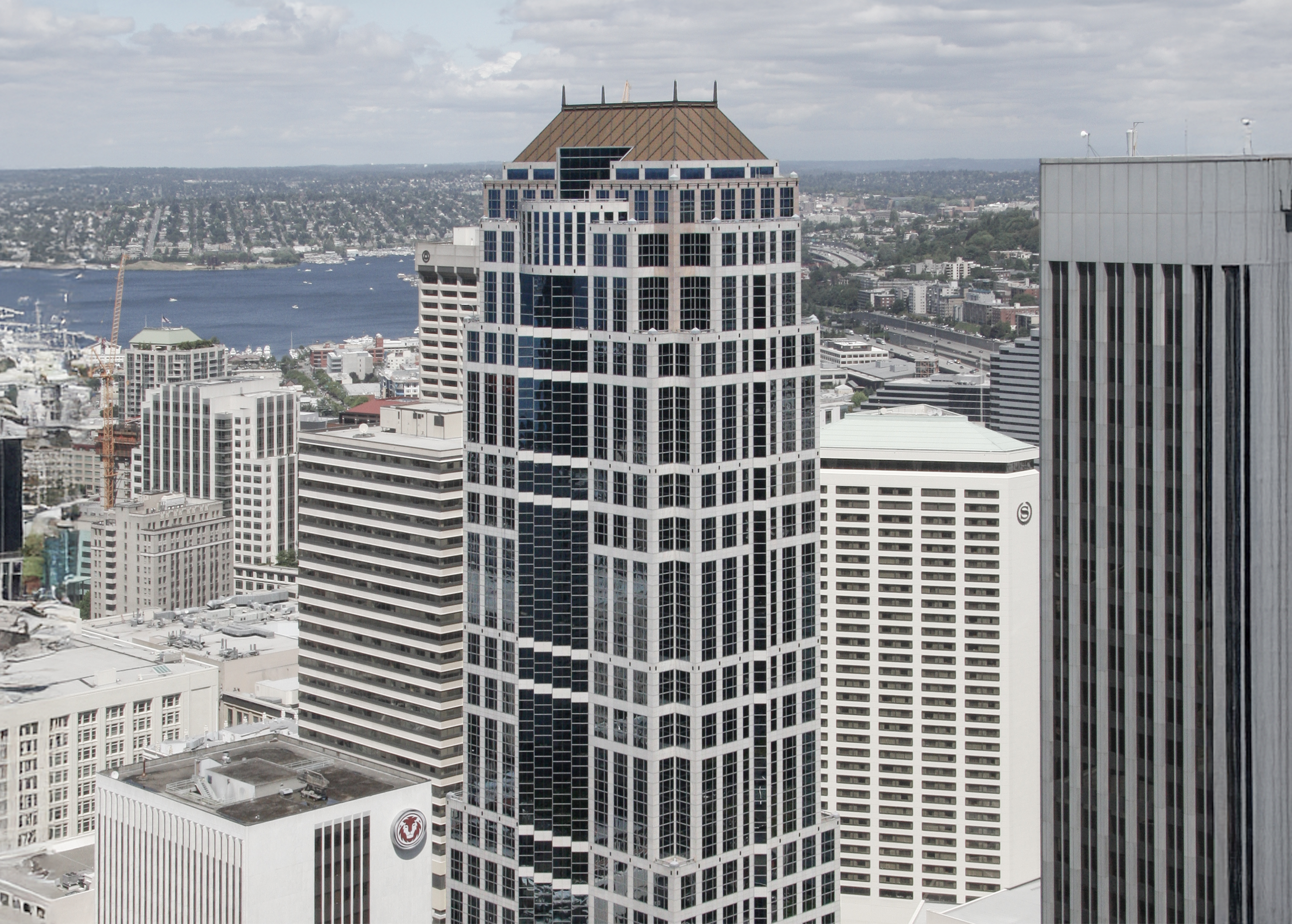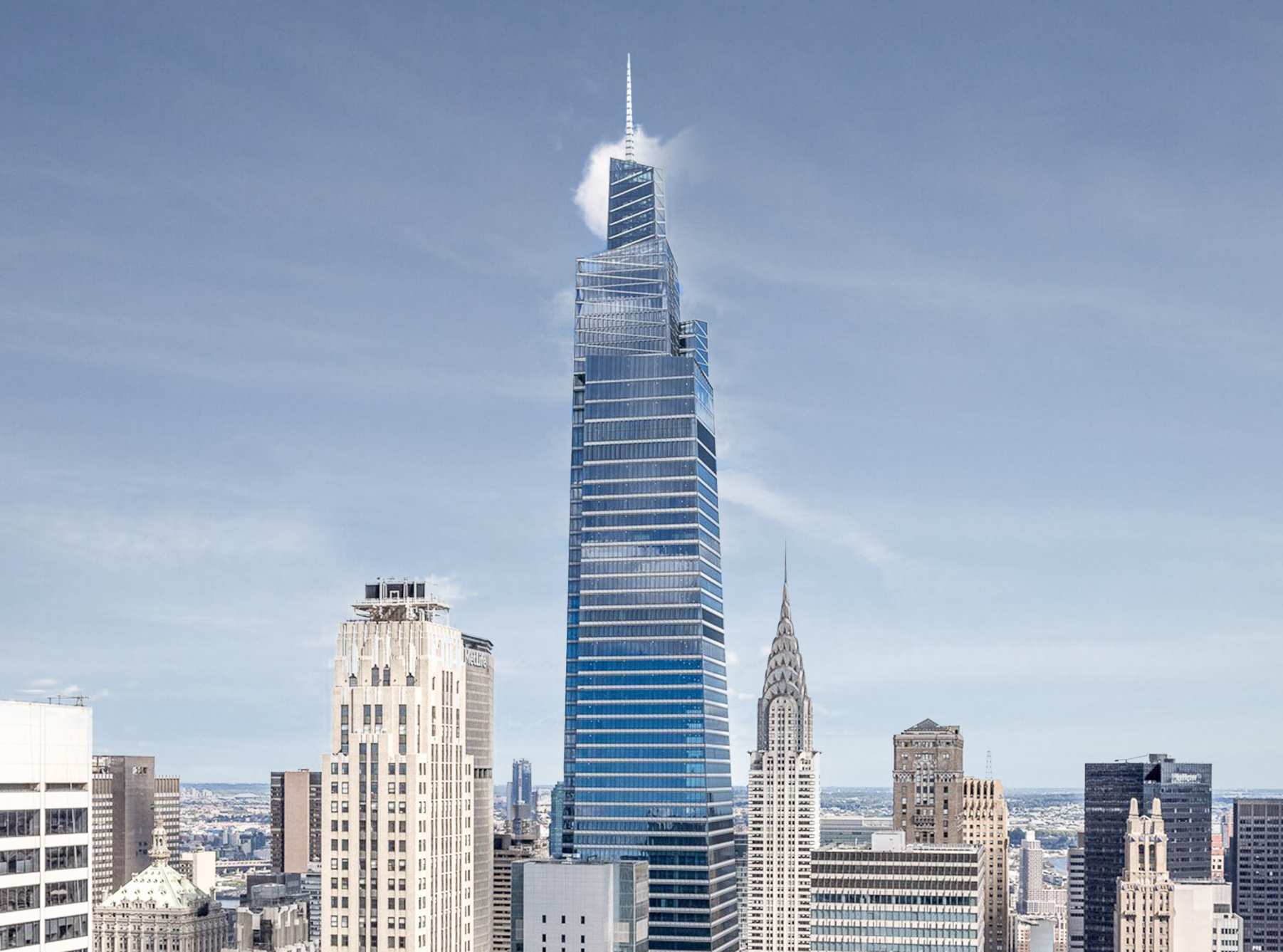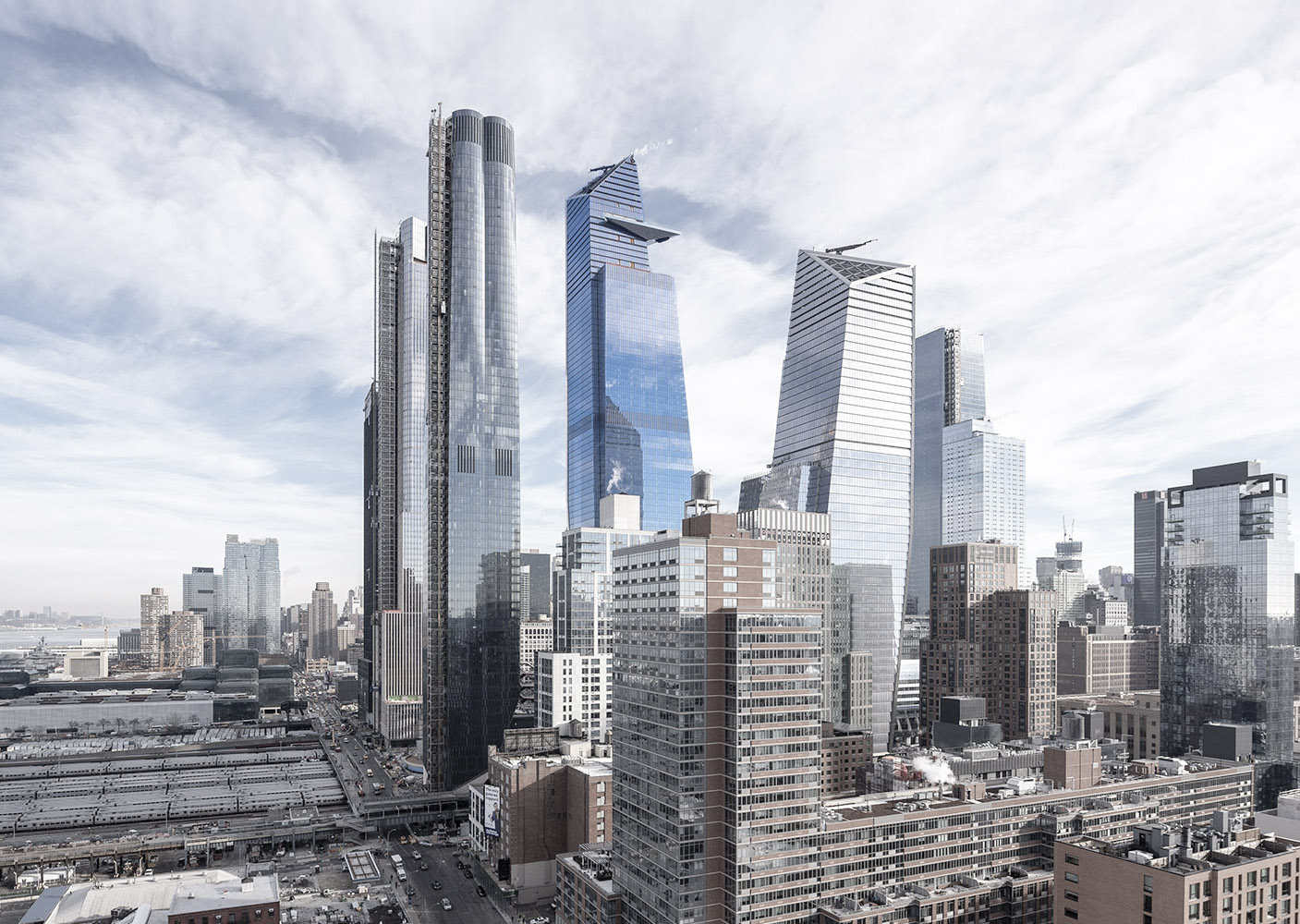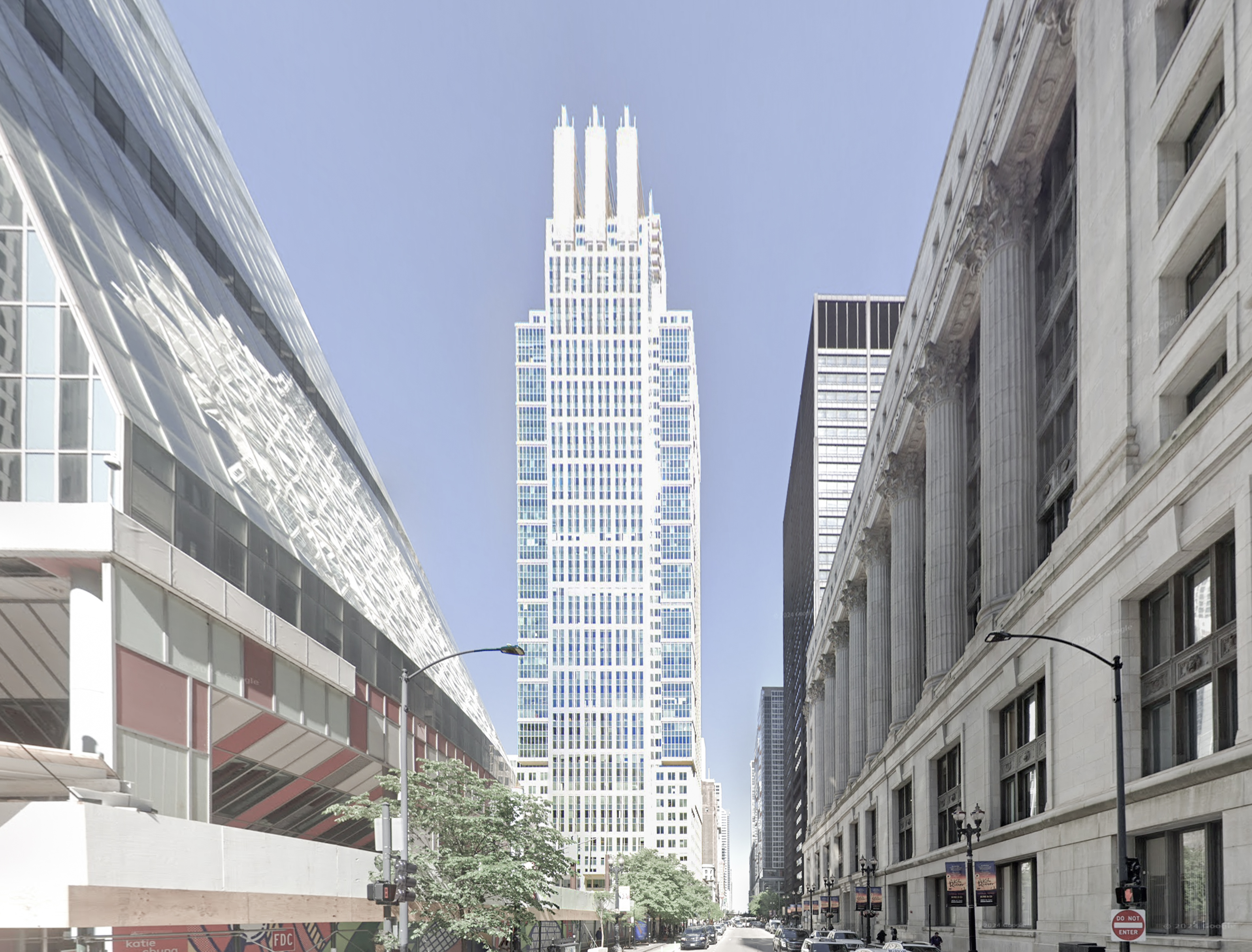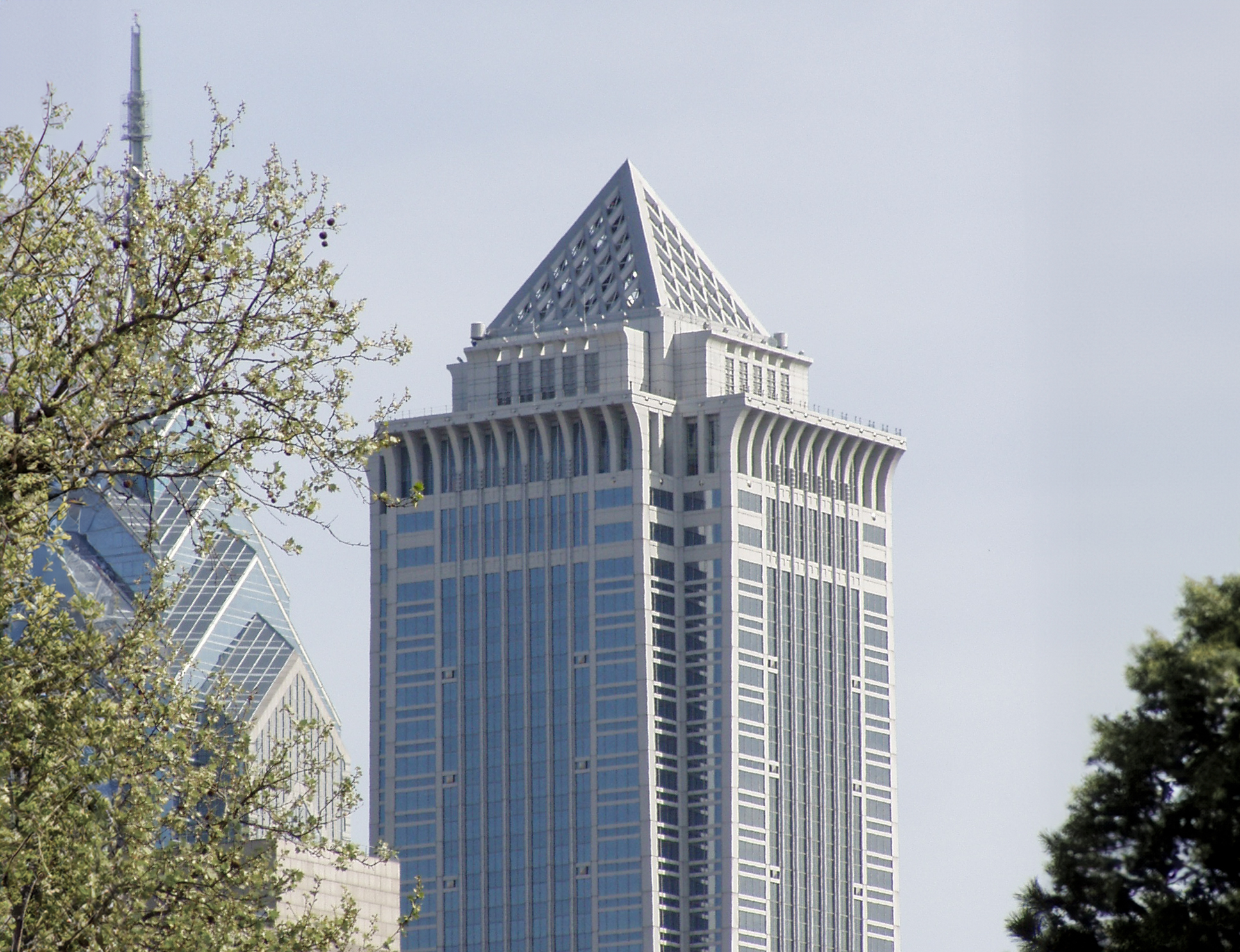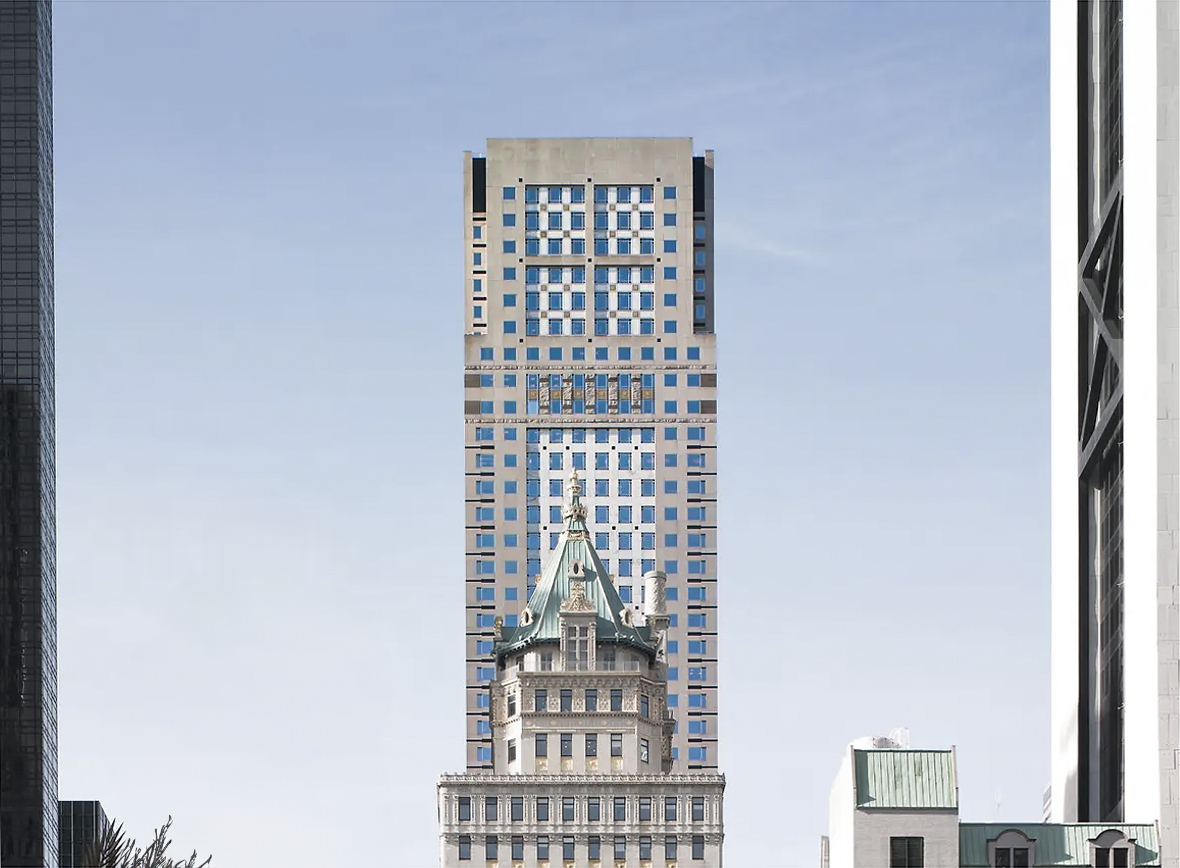The 1201 Third Avenue Tower is a Postmodernist skyscraper designed by Kohn Pedersen Fox Associates, in association with The McKinley Architects, and built between 1986 and 1988 in Seattle, WA.
1201 Third Avenue Tower is not the only name you might know this building by though. Between 1988 and 2006 it was also known as Washington Mutual Tower.
Its precise street address is 1201 Third Avenue, Seattle, WA. You can also find it on the map here.
The 1201 Third Avenue Tower has received multiple architecture awards for its architectural design since 1988. The following is a list of such prizes and awards:
- Excellence Award by the Urban Land Institute. in 1994
- The Office Building of the Year (TOBY) award, in the Over 1 Million Square Feet category for the Pacific Northwest Region in 2003
The tower features a pedestrian plaza with three levels of shops and services, as well as a public atrium overlooking an open-air plaza on the west side of the building.

